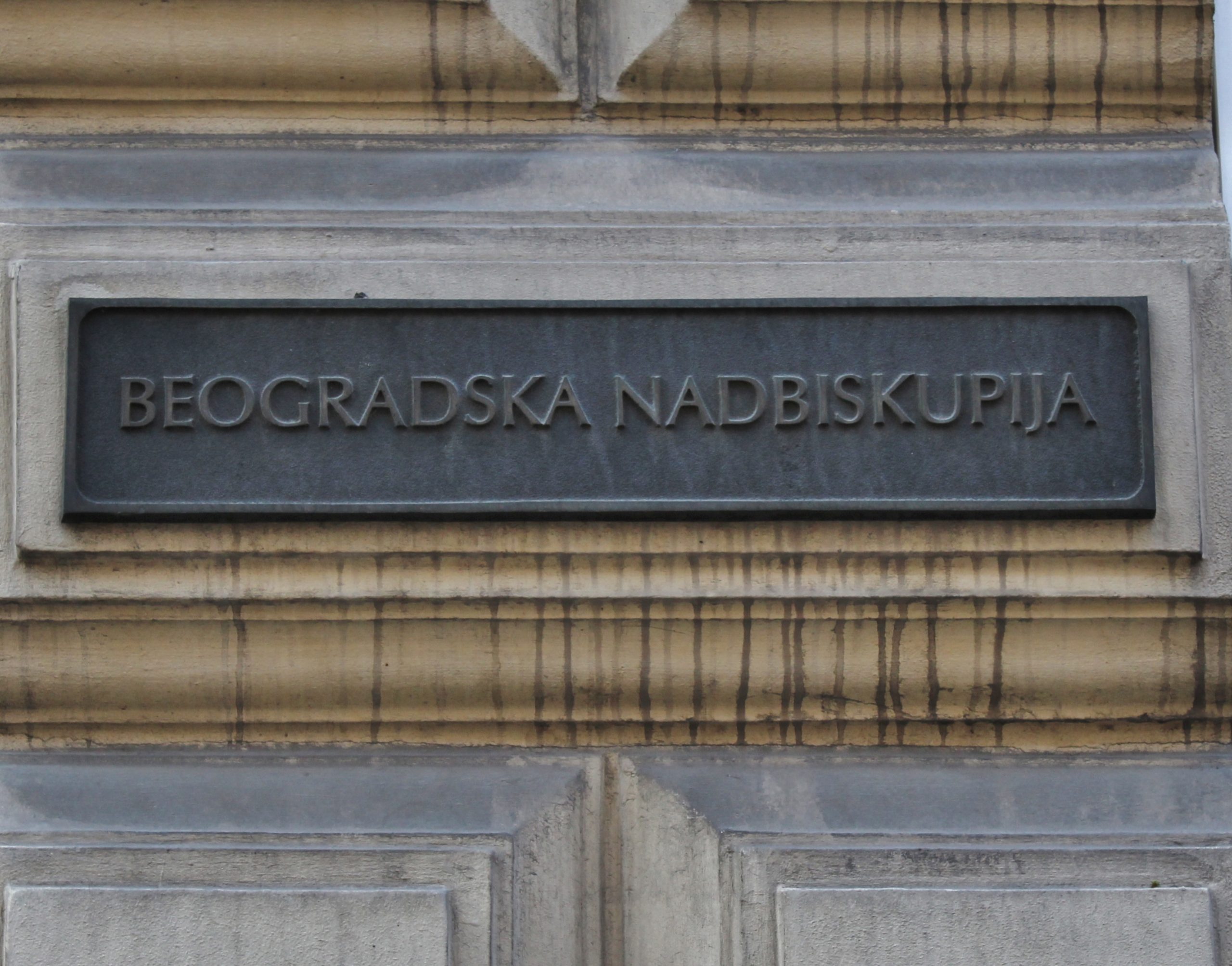WHERE IS IT?
In Svetozara Markovića 20 Street, in the building that was built in 1884 and which once represented the seat of the Austrian embassy in Belgrade, today is the Roman Catholic Archdiocese of Belgrade.
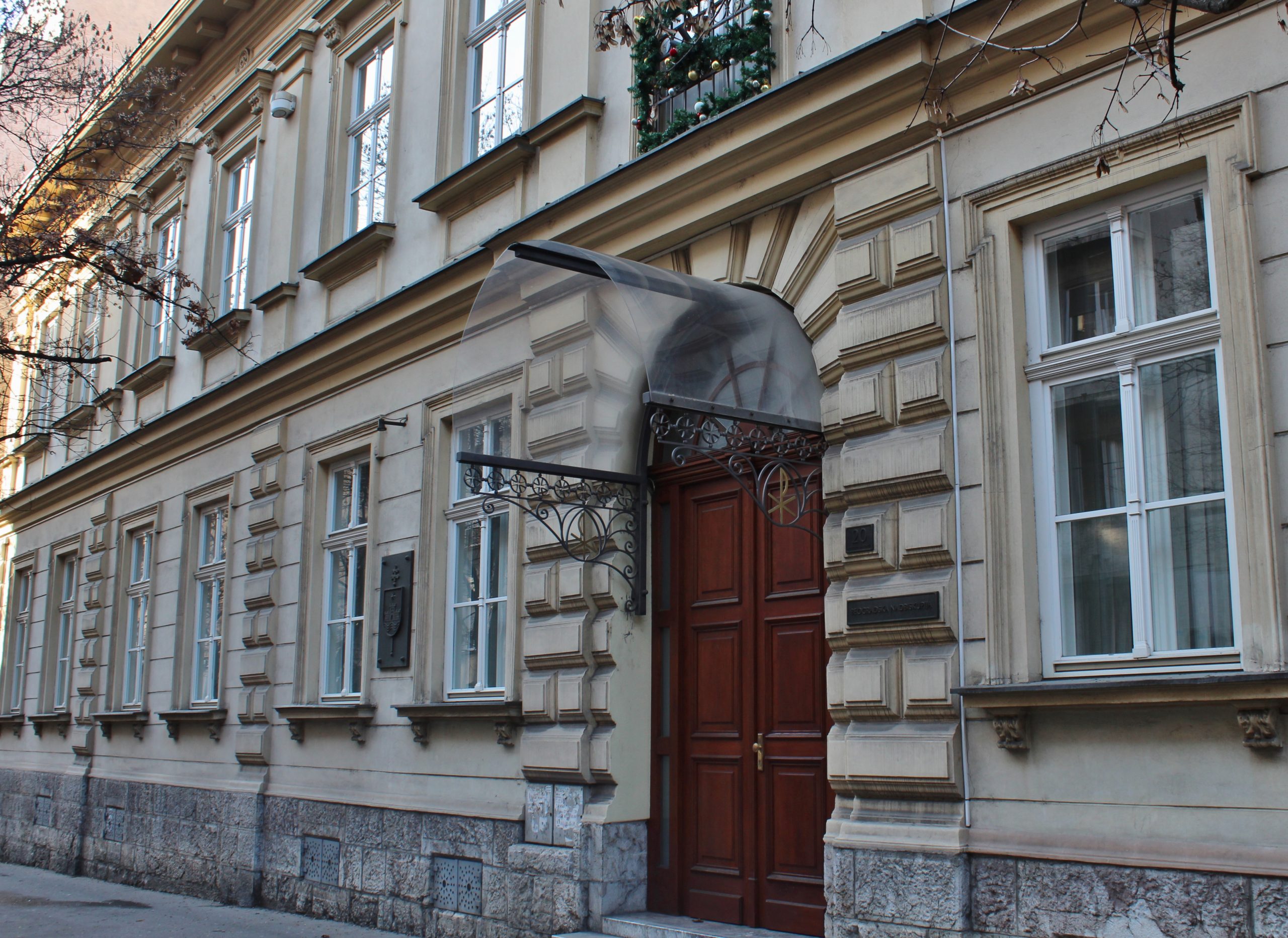
THE HISTORY
The architect of the one-story house with a garden, that was built in the style of academism is unfortunately unknown. It is not known when it was built, but it is known that it was a residential building, which Austria-Hungary bought for its mission around 1900, when a garden was added to it.
After the First World War, in 1926, with the consent of the Kingdom of SCS government, the Roman Catholic Church bought this building for its own needs.
Since 1981, the building has had the status of a cultural monument in the Republic of Serbia.
EXTERIOR
The facade of the building is decorated with Neo-Renaissance elements such as a longitudinal mezzanine and attic, while the building itself was built in the style of academism. The northern façade, which faces the garden, has a special decorative appearance.
Together with the Church of Christ the King which is believed to be the work of architect Jovan Ilkić, the garden and the building of the parish home, the building of the Belgrade Archdiocese forms a unique spatial and functional whole.
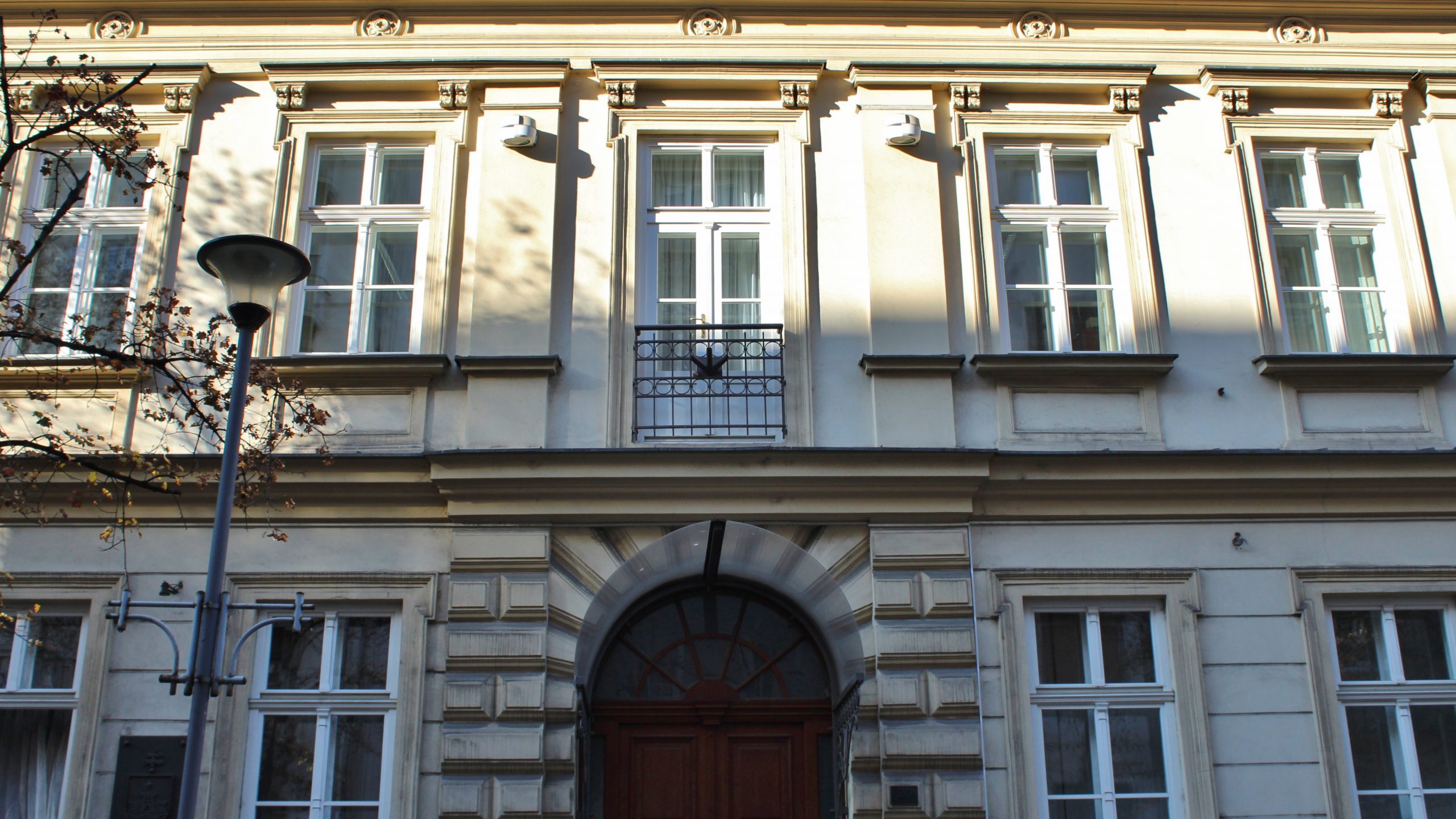
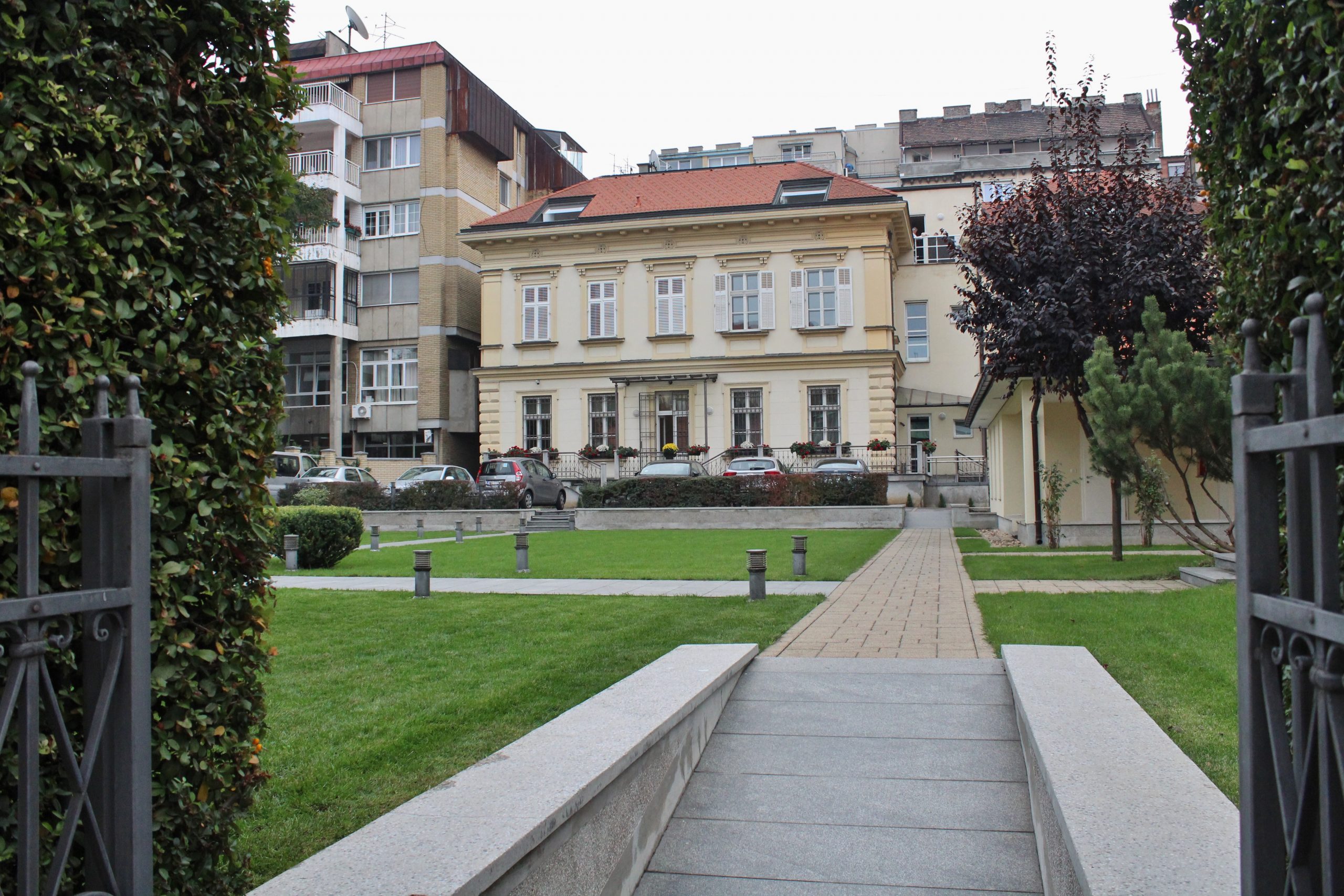
INTERIOR
The building was thoroughly renovated in 2002, so the interior got a new look of functional and sacral purpose.
On the ground floor there is a chapel of Belgrade Archdiocese, which is decorated with mosaic decoration by the Slovenian artist Marko Ivan Rupnik. The central mosaic shows the theme of ENCOUNTER, the meeting of the Mother of God and Elizabeth, the mother of John the Baptist, which symbolically indicates the meeting of the Orthodox and Catholic Churches.
Next to the chapel is the Europa Hall, which is intended for public meetings. This space is also decorated with a mosaic that is Rupnik's work from 2006. On the mosaic around the central figure of Christ are the patron saints of Europe: Benedict, Cyril and Methodius, Brigita of Sweden, Catherine of Siena, Theresa Benedict (better known as Edith Stein) and the Pope John Paul II
Upstairs are the official premises of the Archdiocese: a small reception hall with a picture of St. Cyril and Methodius. Portraits of all Belgrade archbishops are exhibited in the hall, the staircase is decorated with stained glass by M. I. Rupnik.
Between the Church of Christ the King and the building of the Archdiocese is the so-called The Garden of the Mother of God, in the center of which is a sculpture of the Mother of God with Christ.


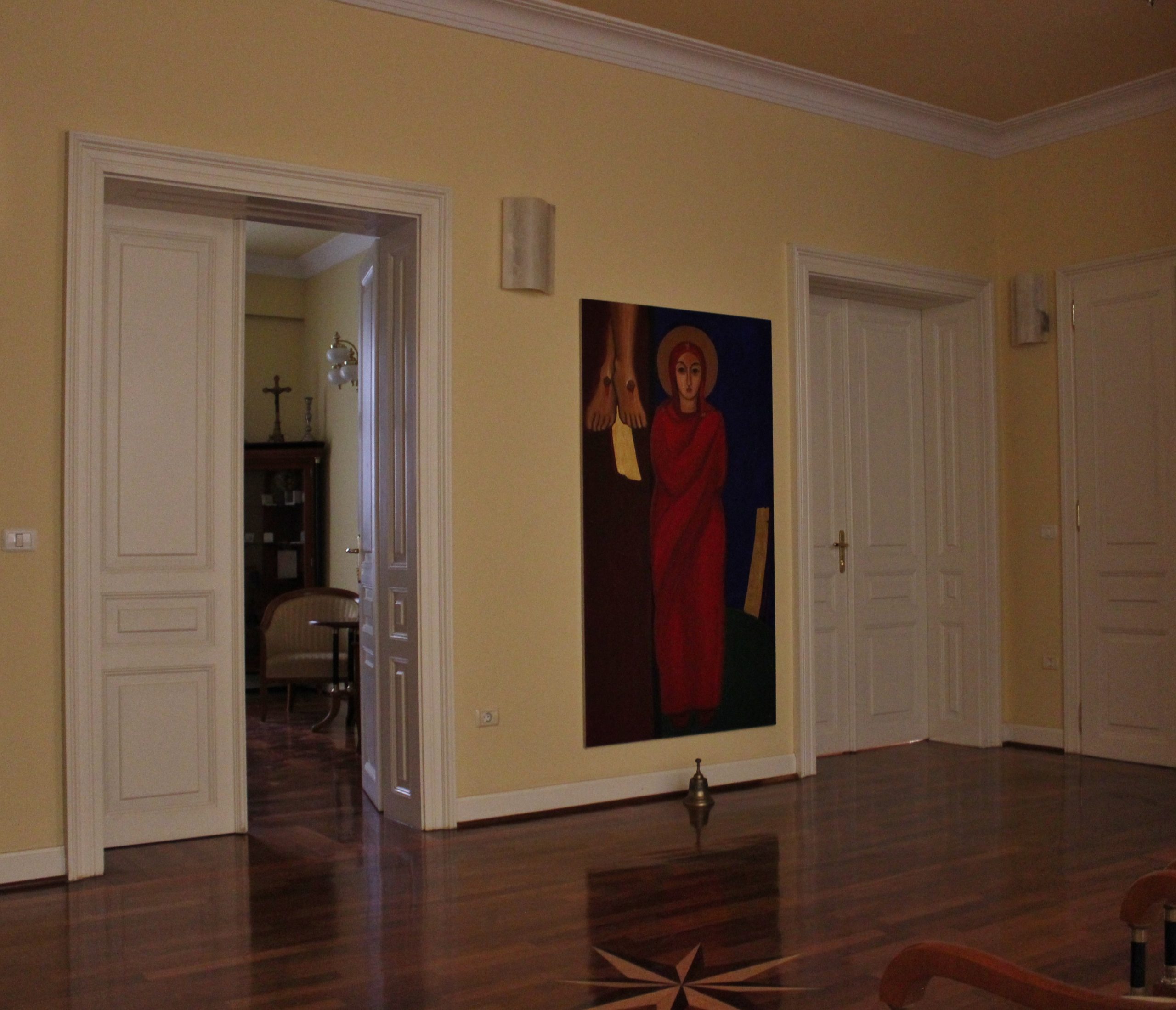

HISTORICAL SIGNIFICANCE
Important historical events for the history of Serbia took place in this building, especially those related to the circumstances surrounding the outbreak of the First World War, because it housed the Austro-Hungarian embassy. In this building, after the assassination of the Austro-Hungarian heir to the throne Franz Ferdinand, the Russian ambassador Nikolai Hartwig died suddenly after a heated argument with Baron Wladimir von Gieslingen, the Austro-Hungarian diplomat to Serbia, famous for delivering the ultimatum to the Serbian government during the July Crisis of 1914. The death of Nikolai Hartvig death caused numerous speculations, so over 80,000 people came to the funeral at the New Cemetery, where his grave is still located today.
It was in this building, a few days later, on July 25, 1914, Serbain Prime Minister Nikola Pasic handed over the Serbian response to the Austrian ambassador von Gieslingen to the Austro-Hungarian ultimatum. That answer was kept in the treasury that still exists in the Archdiocese today.
Pripremila: Sofija Jovanović


